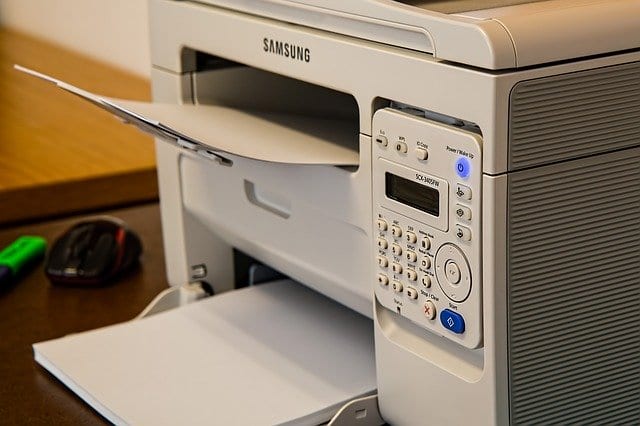The Most Dangerous Things for Businesses

Non-Paying Customers
The world of commerce is relatively simple: a customer buys a product by giving you money and leaves with a product in a simple exchange. Unfortunately, this is not how most business operates. Many business transactions involve large sums of money, and as a result, customers become more likely to complete a transaction over several payments instead of one lump sum.
Not everybody pays on time, however, and this isn’t an unusual encounter in the business world. However, problems arise when non-paying customers build up or when customers try to avoid paying altogether, as Donald Trump’s power asymmetry negotiation style is famous for. This can have a major impact on cash flow, which can decimate most businesses. When activist investors take over a company, one of the first things they do is call in any remaining debts to the company with the help of a good legal team.
Fires
A wise man once said that the rich should fear two things: gambling and fire. Fire has the potential to destroy any business, even one which isn’t physical — a fire in a server room can wipe out an entire online enterprise if the servers do not have backups. A glance at a list of businesses that were destroyed during a town’s fire in Tennessee in 2016 would send shivers down a small-business owner’s spine. Fires are impossible to completely prevent, but with regular fire protection inspections and, of course, good preventative measures like working carbon monoxide detectors can mitigate the risk massively.
Legal Action
A lawsuit can be an exceptionally damaging thing for a company to deal with, especially if the business is small. In America, lawsuits have become a very common part of dealing with competition, especially when a larger company is fending off a smaller competitor. In these business skirmishes, whoever is willing to spend the most money can often bankrupt their competitor, causing many small companies to pay special warning to cease and desists from larger businesses.
Legal action can also be completely justified if you have, through negligence, committed a fault that can put an employee or customer in harm’s way. This is especially dangerous for companies that do not have a good vetting process for their managerial employees, as a bad mistake from a managerial representative of a small business could cause a lawsuit that could bankrupt the business completely.
Preventative measures hence become incredibly important. They ensure that all employees and business operations adhere strictly to legal guidelines; also, health and safety procedures can be the difference between a healthy, long-lasting business and a business with good prospects that made a mistake and went bust.

 If you’re a fledgling business owner or are in the early stages of setting up premises for a new venture, one aspect you are likely not thinking about a lot is fire safety. Starting a new business requires a hefty amount of thought and planning, but most of that will be focused on acquiring customers, financial planning, marketing strategies, overheads, and so on.
If you’re a fledgling business owner or are in the early stages of setting up premises for a new venture, one aspect you are likely not thinking about a lot is fire safety. Starting a new business requires a hefty amount of thought and planning, but most of that will be focused on acquiring customers, financial planning, marketing strategies, overheads, and so on.
 Are you having a business disagreement with another business or individual? Have you tried everything you can to resolve the issue, but without any success? If so, the next option may be to file a civil lawsuit.
Are you having a business disagreement with another business or individual? Have you tried everything you can to resolve the issue, but without any success? If so, the next option may be to file a civil lawsuit. Healthcare workers need to keep the privacy of their patients’ information in mind at all times. That goes for not just in-person communications with patients, caregivers, and other providers but also for information sharing processes like faxing. Since most healthcare organizations still send faxes on a daily basis, all workers should ensure compliance with the Health Insurance Portability and Accountability Act (HIPAA) at all times. Read on to find five tips for how to ensure compliance.
Healthcare workers need to keep the privacy of their patients’ information in mind at all times. That goes for not just in-person communications with patients, caregivers, and other providers but also for information sharing processes like faxing. Since most healthcare organizations still send faxes on a daily basis, all workers should ensure compliance with the Health Insurance Portability and Accountability Act (HIPAA) at all times. Read on to find five tips for how to ensure compliance.